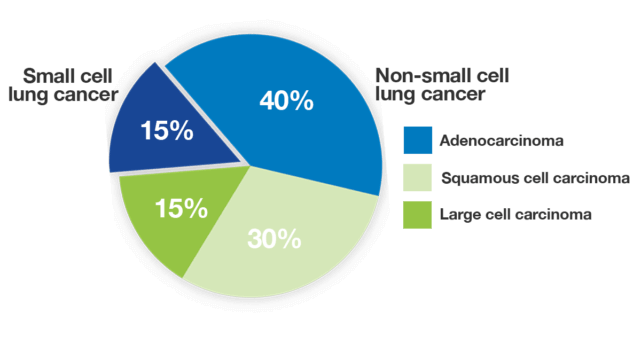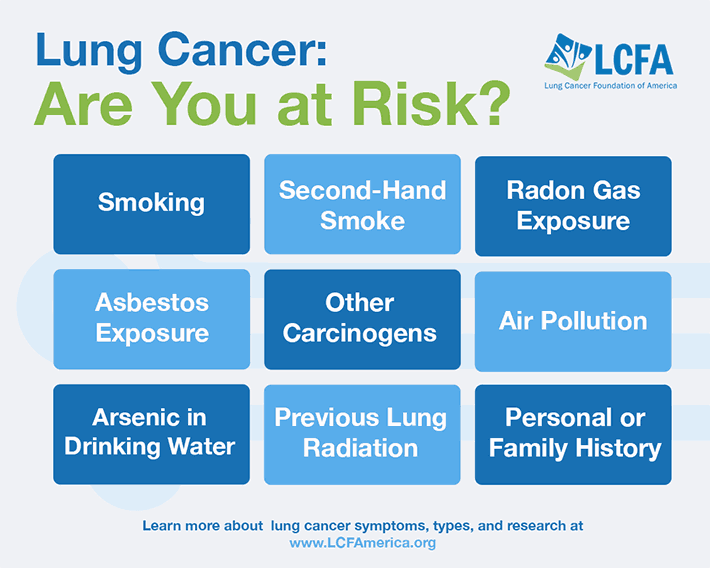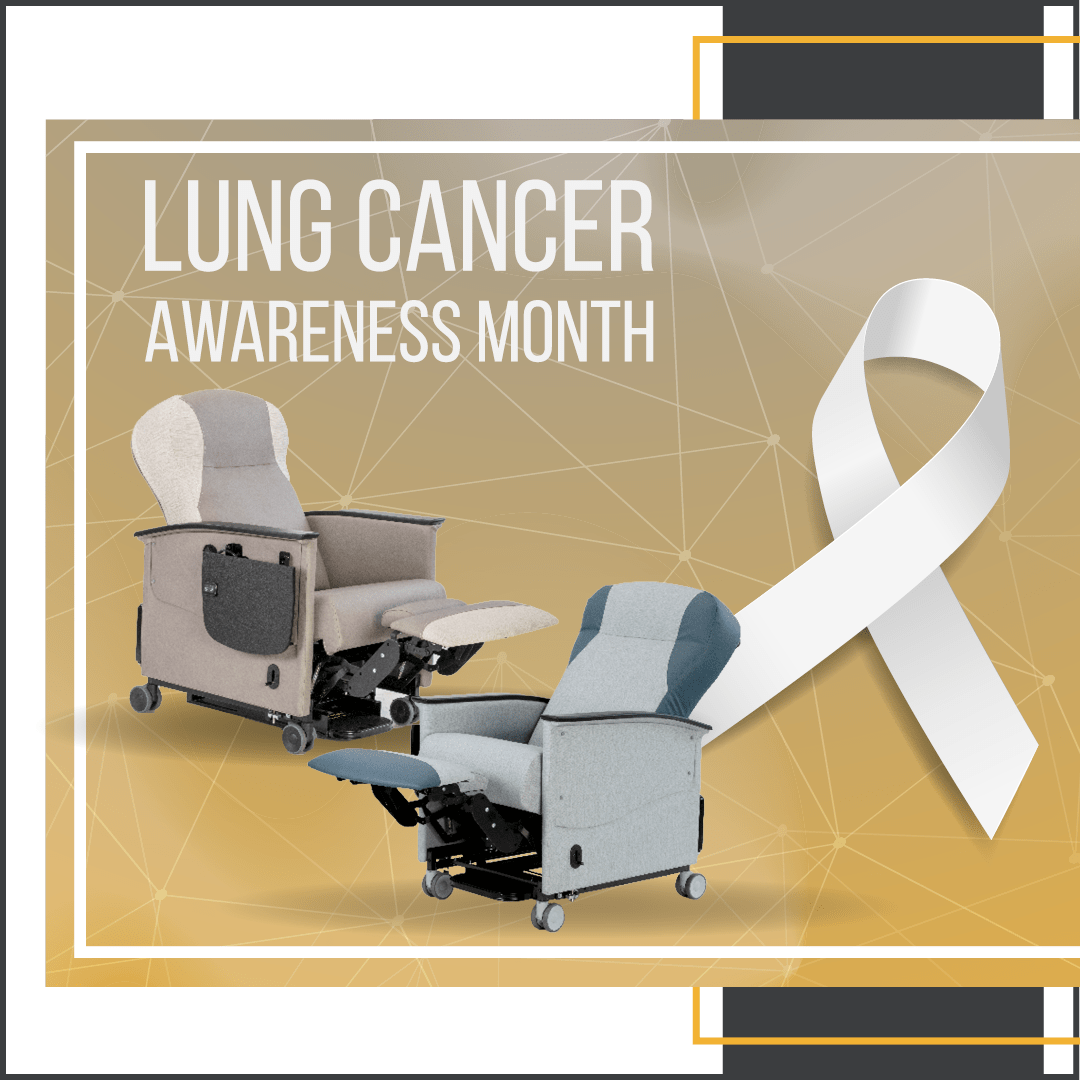Research and Education Help Improve Our Odds Against Lung Cancer
Each November is internationally recognized as Lung Cancer Awareness Month. Throughout the month, Lung Cancer Initiative (LCI) provides a variety of events and educational opportunities to raise awareness about lung cancer in communities and help combat the stigma of the disease.
At Champion, we are striving to do our part to promote awareness and provide helpful information for patients and providers, caregivers and loved ones.
The more research and education around this disease, the better the chances of finding a cure.
What Is Lung Cancer, and How Does It Start?
Any type of “cancer” is caused by an overgrowth or abnormal mutation of cells in the body. A “tumor” is any abnormal proliferation of cells, which may either be benign or malignant. “Benign” means the mass of cells is not cancerous, and “malignant” means cancer is present.
Cancer can start anywhere in the body, and cancers that begin in organs such as the skin, breast, or kidney can sometimes spread to the lungs. These cancers, however, are not considered lung cancers because they did not originate in the lungs. They would simply be called metastatic breast cancer or skin cancer that has metastasized (spread).
Lung cancers typically start in the cells lining the bronchi and parts of the lung such as the bronchioles or alveoli. Left untreated, any type of cancer cell can spread throughout the body. With lung cancer, the malignant cells typically spread to the lymph nodes next, but they can also travel to tissue in other parts of the body.
Did You Know? Five Facts About Lung Cancer
In the United States:
Sign up to get the latest industry news and offers right in your inbox
- Cancer had been one of the top two leading causes of death for more than 75 years. Thankfully, deaths from cancer have decreased over the past two decades, in part due to a decrease in cigarette smoking and an increase in cancer screenings.
- Currently, cancer is one of the top causes of death in the U.S., second only to heart disease.
- Lung cancer is the third most common cancer, behind female breast cancer and prostate cancer.
- However, lung cancer (including bronchus) is the leading cause of death—for both men and women—among all cancers in the country.
- Lung cancer is projected to remain the leading cause of cancer death for the next 20 years.
The Two Main Types of Lung Cancer—One Is More Common
There are two broad classifications of lung cancer, non-small cell lung cancer (NSCLC) and small cell lung cancer (SCLC). The type of cancer will help determine the approach and response to treatment.

Image Source: Lung Cancer Foundation of America
Small-cell carcinoma is rarer than NSCLC, but it is a fast-growing, aggressive form of lung cancer. It is most commonly caused by smoking.
Non-small cell lung cancer is a group of cancers that act in similar ways; their treatments and prognoses are often similar too. The American Cancer Society lists adenocarcinoma, squamous cell carcinoma, and large cell carcinoma as subtypes of NSCLC. These cancers are more common and can affect smokers and nonsmokers alike.
How Do You Know If You’re at Risk for Lung Cancer?
According to research, the average person takes around 22,000 breaths a day, constantly exposing their lungs to the surrounding environment.
There are numerous risk factors identified for several lung diseases, including lung cancer. Although some of these risks are very much within our power to control, some are considerably less so.

Tobacco use is the leading cause of preventable death in the United States. Research shows that smoking (cigarette, cigar, pipe) is responsible for 80% of all lung cancer diagnoses and also increases the risk for many other types of cancer. And while heavy smokers are at the highest risk, any amount of smoking could be “too much.”
Second-hand smoke simply means you’re not the one with the tobacco product, but you’re inhaling the air around someone who is smoking. Also called “environmental tobacco smoke,” this type of repeated exposure increases your risk of lung cancer.
Smoking and exposure to second-hand smoke are two of the most controllable risk factors when it comes to lung cancer. But, remember, many people erroneously assume that someone with lung cancer got the disease by smoking. Nonsmokers can also be at risk. And even if someone who smokes is diagnosed with lung cancer, they still deserve the best care and treatment for the duration of the disease.
Possible Symptoms and Treatments of Lung Cancer
Unfortunately, identifiable symptoms don’t typically accompany lung cancer in its earliest stages, only when the disease is advanced.
Signs and symptoms of lung cancer may include:
- A new cough that doesn’t go away
- Coughing up blood, even a small amount
- Shortness of breath
- Chest pain
- Hoarseness
- Losing weight without trying
- Bone pain
- Headache
Depending on the type of cancer, its precise location(s), the current stage of the disease, and other factors such as the individual’s medical history and overall health, the medical team will present one or more of the following treatment options:
- Surgery
- Radiation Therapy
- Chemotherapy
- Targeted Therapy
- Immunotherapy
- Clinical Trials
- Supportive/Palliative Care
Each of these treatment options poses its own set of risks and possible side effects. There are medications and other ways of managing side effects, and all of this information should be discussed with the medical team before deciding on a treatment plan.
What About Using Chemo to Treat Lung Cancer?
Chemotherapy for lung cancer is typically given in three-week cycles. Most commonly administered intravenously, chemo treatment requires patients to sit for extended periods of time. The diagnosis and prognosis can be traumatic enough; treatment shouldn’t be a traumatic experience too.
While painful nerve damage can be a short-term side effect of chemo, and hair loss, nausea, and fatigue can be longer side effects, the treatment session itself should be as comfortable and peaceful as possible. Caregivers need easy access to the patient, and patients must be afforded as much independence, privacy, and comfort as possible during each IV session.
National Lung Cancer Awareness Month is the perfect time to remind us all that oncology patients deserve premium clinical seating during such a stressful chapter of their life.

Give Patients the Comfort They Need, Want, and Deserve
Champion’s Alō Series is the perfect combination of patient functionality, caregiver access, modular design, comfortable aesthetics, and luxurious features.
The Alō Treatment and Recovery recliners are used in oncology and infusion settings. The Treatment is the optimal recliner for IV sessions, while the Recovery is ideal for patients post-surgery.
And there’s no better time to choose an Alō recliner than right now! For a limited time, we’ve reduced the MSRP on every power Alō!
Champion’s Alō Series is completely customizable, allowing maximum flexibility to design the look you want while still meeting the specific needs of your facility.
Some Not-So-Standard Standard Features
- Powered Recline and Flat-Body Trendelenburg Positioning
- A Quick-Release Seat
- A Space-Saving Wall-Hugger Mechanism
- Swing-Away Arms
- A Retractable Foot Tray & Push Handle for Transport
- Fold-Away or Pivoting Side Table(s)
- Greenguard Certified Coverings (available in a wide variety of styles,
colors and patterns)
Optional Features for Experiences That Transcend the Norm
- Heat and/or Heat + Massage
- USB Charging Ports
- Central-Locking Casters
- Dual Hand Control for Power Recline
- Articulating Tablet Arm
- Articulating TV/Monitor Mount
- IV Pole (2-Prong; 4-Prong)
This special sales event won’t last long. When 2023 ends, so do the savings. Now is your chance to upgrade your facility and provide premium comfort to your patients—with Champion’s flagship offering, the Alō.
Click the button below to learn more. We’re happy to help!

